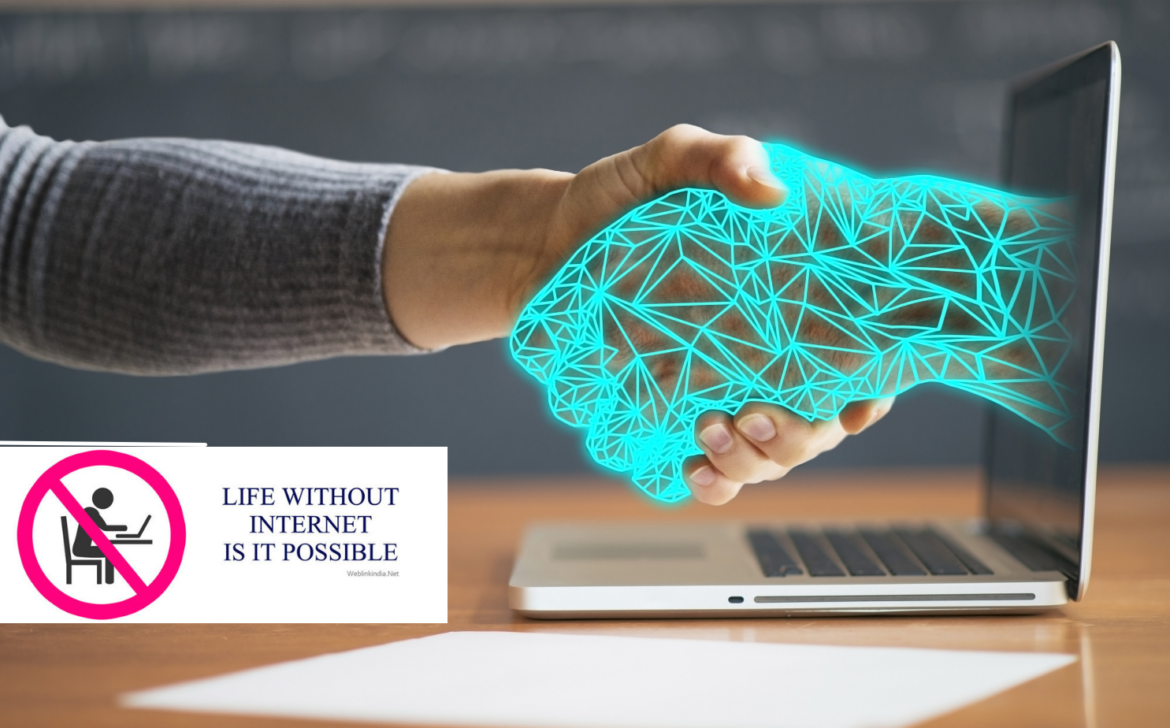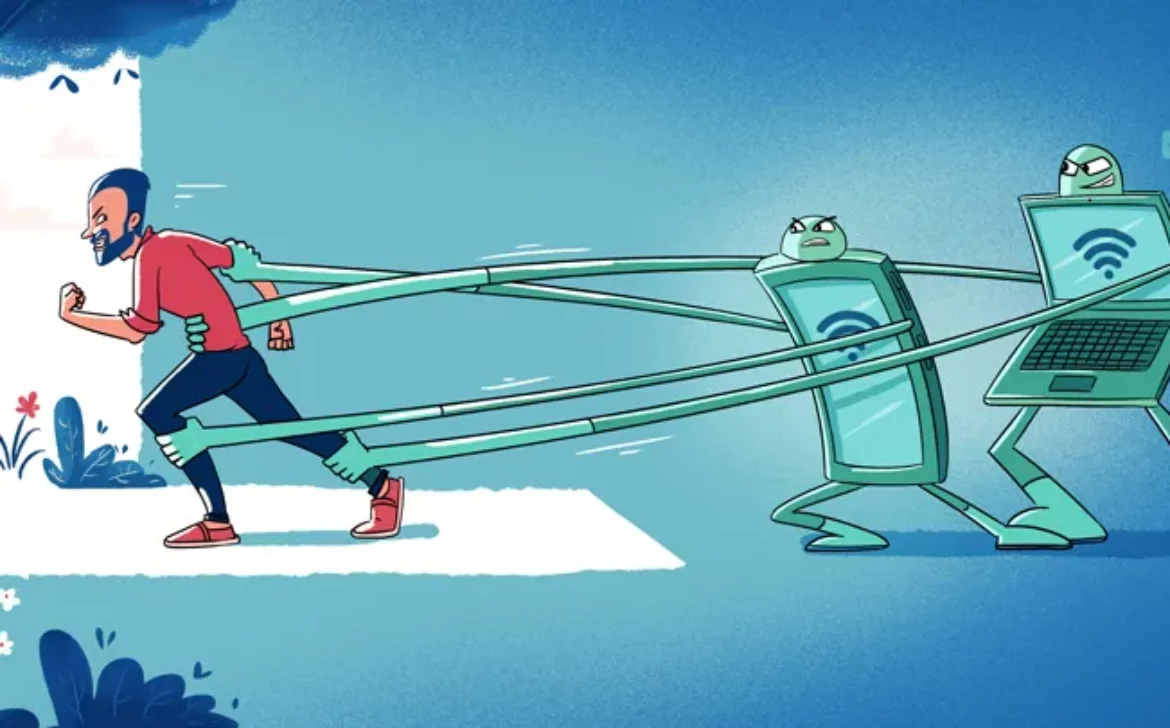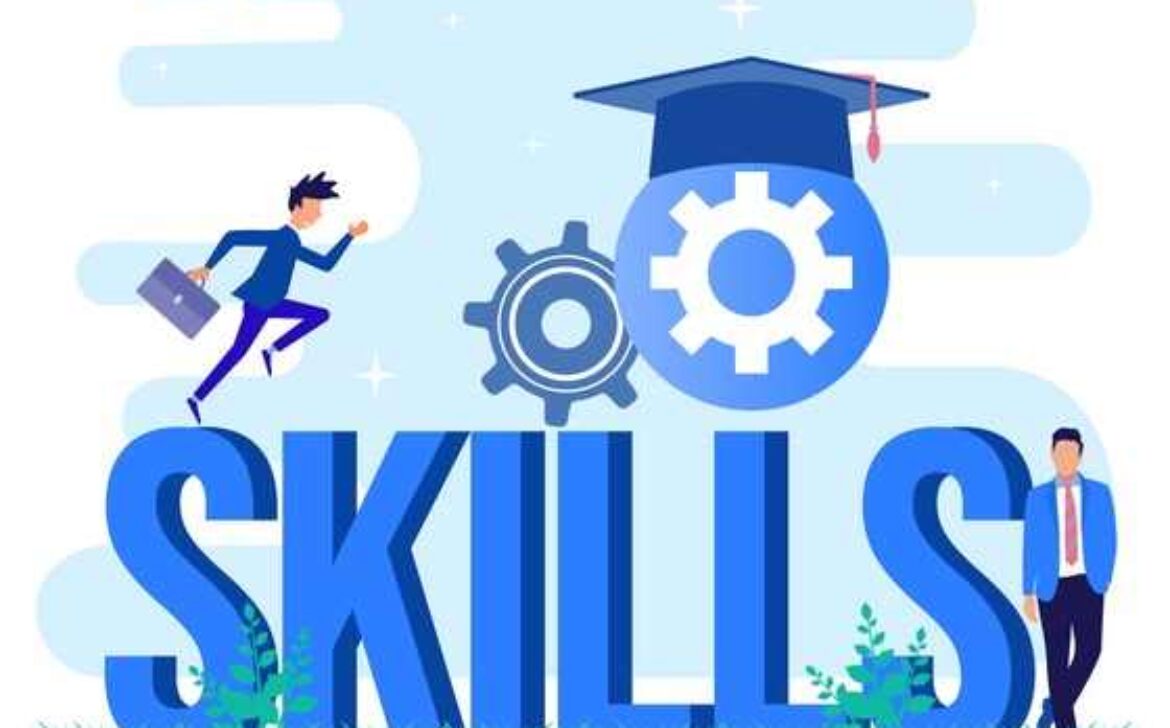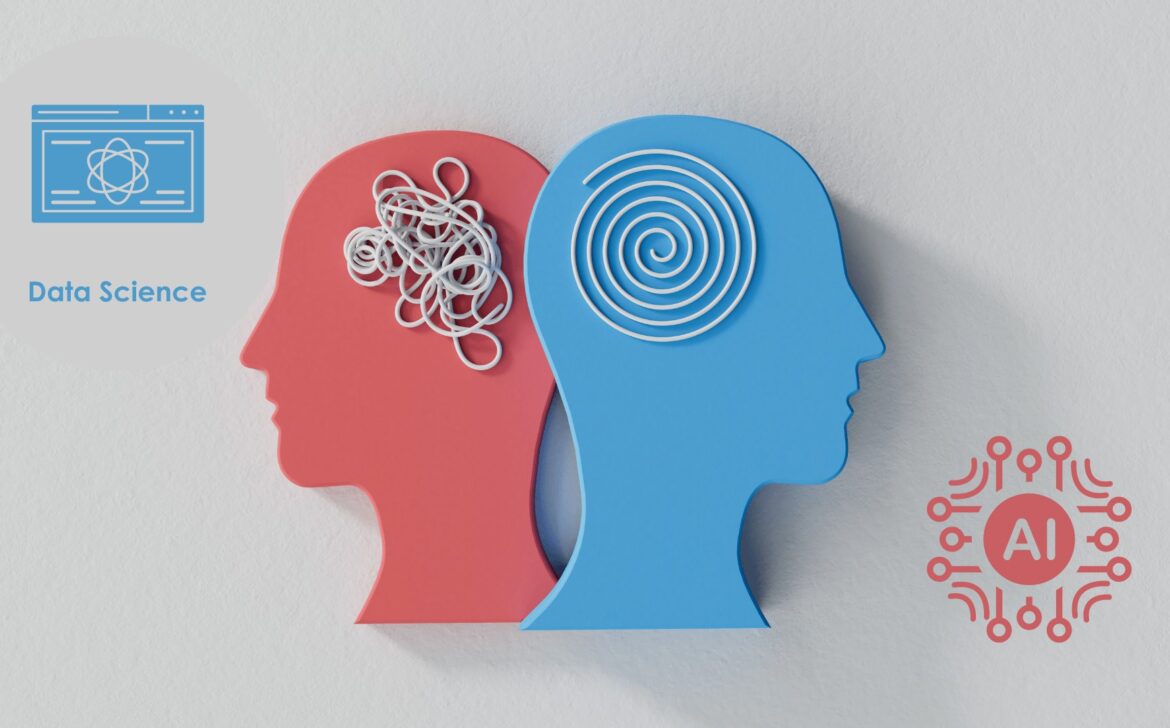Rediscovering Simplicity: Embracing a Life Without Technology
Introduction
In a world saturated with technology, the idea of living without it might seem unthinkable. However, there is a growing movement towards simplifying our lives by reducing our reliance on gadgets and screens. This blog delves into the concept of living a life without technology, exploring the benefits, challenges, and lessons that can be gained from disconnecting in a hyperconnected world.
- Returning to the Present Moment
Living without technology allows us to fully engage with the present moment. Without constant notifications and distractions, we can immerse ourselves in our surroundings and connect more deeply with nature and the people around us.
- Cultivating Mindfulness
Technology often encourages multitasking and scattered attention. Embracing a tech-free lifestyle promotes mindfulness, enabling us to focus on one task at a time and experience a sense of inner calm.
- Strengthening Human Connections
Without the barrier of screens, we can foster deeper and more meaningful relationships. Face-to-face interactions become richer, and genuine connections are nurtured through uninterrupted conversations.
- Discovering Offline Hobbies
Life without technology encourages us to explore new hobbies and interests. From reading physical books to engaging in outdoor activities, we can rediscover the joys of analog experiences.
- Enhanced Creativity
Technology can sometimes stifle our creativity by providing instant solutions. Without its constant influence, we are encouraged to think outside the box, problem-solve independently, and create from a place of authenticity.
- Mindful Consumption
Living without technology prompts us to reevaluate our consumption habits. We become more conscious of what we truly need versus what is driven by marketing and trends.
- Escaping the Comparison Trap
Social media can lead to comparison and feelings of inadequacy. Detaching from technology reduces exposure to curated online lives, helping us focus on our own journey without distractions.
- Appreciating Simple Pleasures
From handwritten letters to analog photography, a life without technology encourages us to appreciate the simple pleasures that often go unnoticed in our tech-driven lives.
- Reconnecting with Nature
Technology can disconnect us from the natural world. Living without it provides the opportunity to reconnect with nature, fostering a deeper appreciation for the environment.
- Navigating Challenges
While living without technology has its benefits, it also presents challenges. From accessing information to staying connected with distant loved ones, finding a balance between tech-free and tech-enabled moments is essential.
Conclusion
While technology has undoubtedly transformed our lives, there is value in experiencing life without its constant presence. By embracing a tech-free lifestyle, we can rediscover the simple joys of being present, strengthening human connections, and nurturing our creativity. As we explore offline hobbies, cultivate mindfulness, and appreciate the beauty of nature, we gain insights into the true essence of life. It’s important to acknowledge that a complete detachment from technology might not be feasible for everyone, but finding moments to disconnect and embrace simplicity can lead to a more balanced and fulfilled life. Whether it’s a digital detox weekend or a daily tech-free hour, the journey of living without technology is a personal and enriching endeavor that encourages us to find meaning beyond the screens that dominate our lives.










